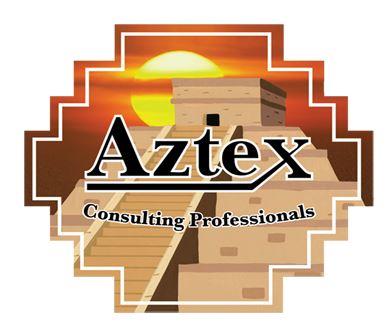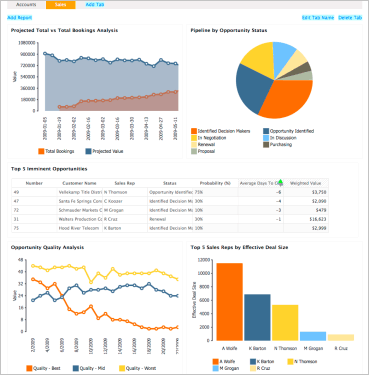When planned and executed properly, FACT- FINDING provides a solid foundation for conducting analyses, forming conclusions, generating options and formulating sound recommendations. The Fact-finding process aligns with the initiating and planning elements of the PMBOK® guide. It involves meeting with stakeholders, researching documents or existing data, interviewing employees and outside resources to develop the scope of the project. The techniques employed will depend on the project or issue under consideration. What is constant across all fact-finding missions is the need for a plan to guide your efforts.
Developing a good fact-finding plan starts with figuring out what you need to know – what information is needed in order to form an evidence-based opinion. The precursors to good fact-finding include scoping the issue and understanding the context within which the issue has arisen, and appreciating the “political” landscape (organizational and personal relationships often play a significant role in shaping objective input) – all of these things can influence the approach you take to any given fact-finding endeavor.










